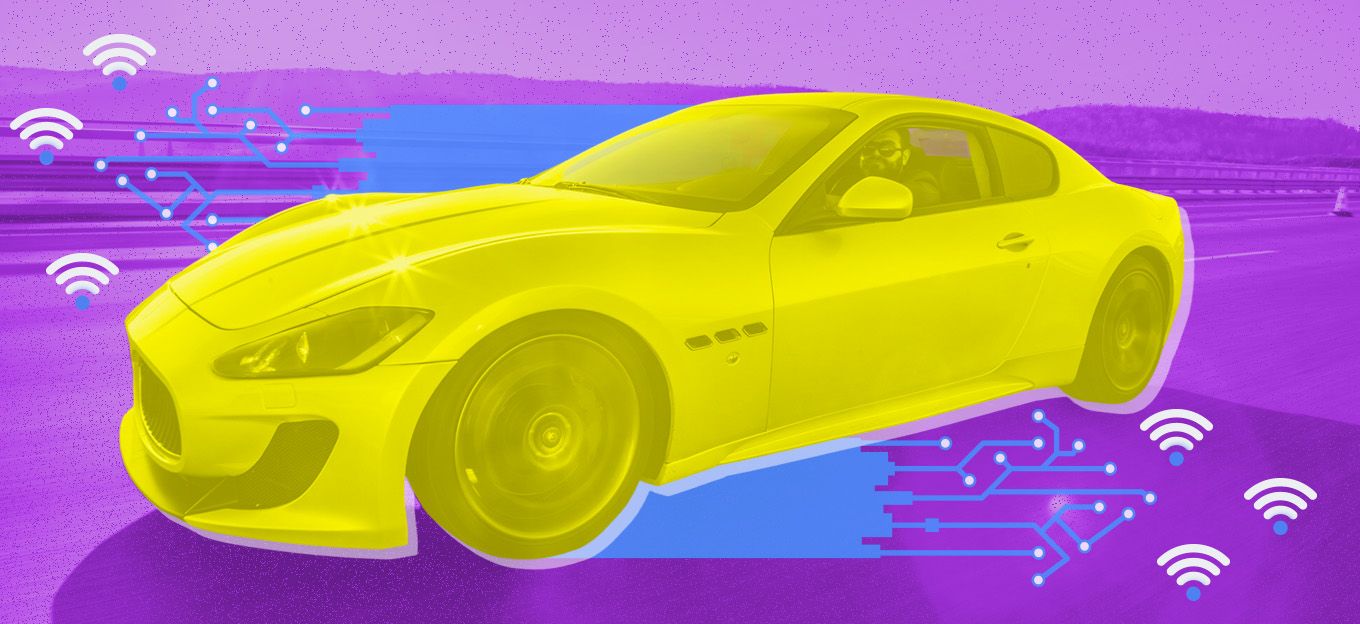How IoT Can Improve Both UX and ROI in Automotive Retail
How IoT Can Improve Both UX and ROI in Automotive Retail
- Last Updated: December 2, 2024
Guest Writer
- Last Updated: December 2, 2024



Businesses see massive opportunities in the Internet of Things (IoT), but they're also aware of significant challenges. Quantifying return on investment (ROI) and finding a clear Applications has been identified as the most immediate challenge for IoT professionals. In this article, we show how IoT can be used in a concrete and viable business scenario to improve customer experience with an example based on an automotive retailer.
The automotive industry faces many challenges to increase turnover, revenues, and profitability. For retailers (i.e., the car dealerships), these challenges will be met by increasing the number of cars and the related services they sell, such as routine maintenance and repair services. However, sales are influenced by the customer experience (CX). And while a good CX may help dealerships sell more cars, a bad experience will certainly not. Until recently, customers typically visited a dealership four times before making a purchase. Now, over half the cars are sold on the first visit and 67 percent within two visits; therefore, the CX on the first visit clearly matters. Who knew first impressions were so enduring?
Customer Experience Is a Problem for Automotive Retailers
A frequent CX problem for dealerships with over 400 cars per site is locating the ones the customers want to see or test-drive. For various reasons, cars are often parked in the wrong place. For example, they're sometimes left in a different spot after a previous test-drive. The longer it takes for them to be located, the worse the CX becomes for the next test driver. This results in lost sales. The more sales affected per site, the greater the financial loss.

Image Credit: John Shah, Petr Gotthard, and Tomáš Jankech
Figure 1 quantifies the loss of revenue and profit in a 50-week year for a used car supermarket. The site has 30 salespeople. On average, every salesperson will be unable to find a car, causing a lengthy delay, four times a week, potentially resulting in lost sales. This is 120 potential lost sales events per week (30 x 4 = 120), or 6,000 per a 50-week year (120 x 50). The average sale price is £10,000, incorporating a 5.6 percent profit margin. However, not all events are true "lost sales" because not all customer visits result in a car being sold.
A more accurate estimate of the number of lost sales comes from the customer visit-to-sale conversion rates cited by dealers themselves. These are that over half the cars are bought on the first visit (indicated by the values of 50 percent and 60 percent, with the true figure expected to lie somewhere in this range), and 67% within two visits. The figure of 10 percent gives a more conservative estimated loss, reflecting that even if many lost sales are recovered throughout the year, losses are still significant.
Lengthy delays also result in lower customer review ratings, lower net promoter scores (NPS) and damage to dealers’ reputations. When reputational damage causes dealerships to sell fewer cars, manufacturers make lower returns.
Automotive Retail IoT Applications Can Enhance CX and ROI
Here's an example of how IoT can address these issues. Konica Minolta Laboratory Europe is developing an IoT-based solution, named the Shepherd, which claims to locate vehicles, both indoors and outdoors, to within range of an electronic car key/fob. Just as shepherds need to know where all of their flock are, car retailers need to know where all of their vehicles are. This allows them to be found, test-driven and sold, quickly.
The Shepherd locates the vehicles without extensive power or infrastructure requirements, meaning there is no expensive set-up, service, maintenance or running costs.

Image Credit: John Shah, Petr Gotthard, and Tomáš Jankech
LoRa is a good connectivity technology for these kinds of solutions. One LoRa gateway can cover a parking area with a 2 km radius. Provided each of the tracked vehicles is within 20 m of at least three neighboring vehicles, the tracking devices form a mesh network, in which any car in the flock can be located to within 10 – 15 m. The use of a sensor network localization provides the lowest deployment and operating cost while preserving sufficient accuracy.
On-lot vehicle tracking solutions can provide a lot of value to automotive retailers. In addition to enhancing CX and ROI, effective solutions can:
- Accurately display the movement of cars within or between geographical areas.
- Automatically register deliveries and transfers on arrival, to save time spent on manual recording and data entry.
- Provide data analytics on test-drive frequencies to record consumer trends or to optimize stock management.
Clearly more innovation is needed for this Applications. We're only just starting to see full-scale automotive solutions hit the market. Solutions providers have more technical and operational obstacles to overcome, but automotive retail IoT applications are such a compelling Applications that we believe the market will drive necessary innovations by demand.
Written by John Shah, Petr Gotthard, and Tomáš Jankech
The Most Comprehensive IoT Newsletter for Enterprises
Showcasing the highest-quality content, resources, news, and insights from the world of the Internet of Things. Subscribe to remain informed and up-to-date.
New Podcast Episode

How Drones and Telecom Enable Aerial IoT
Related Articles





